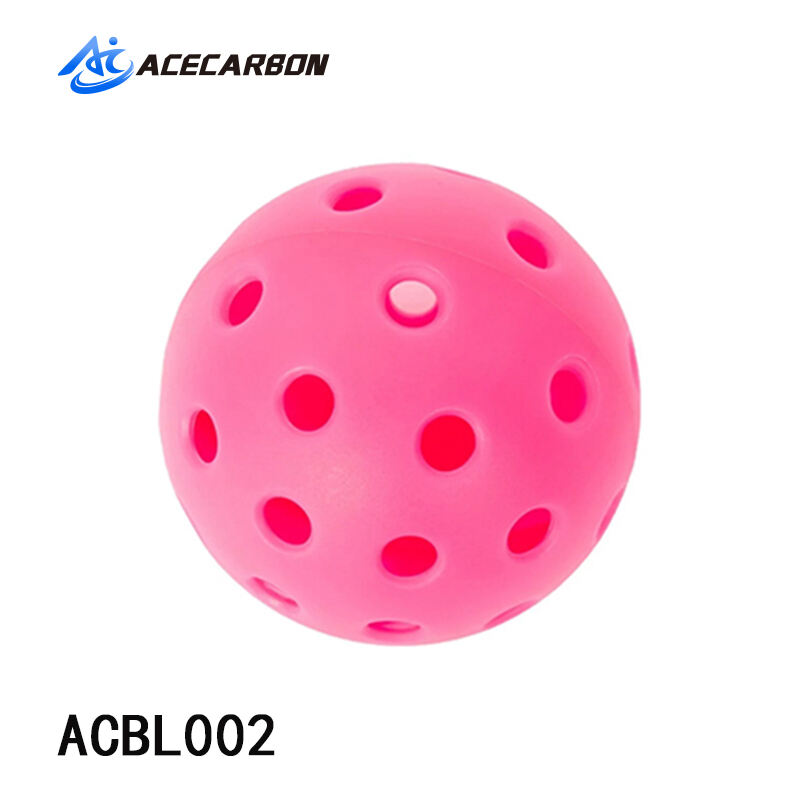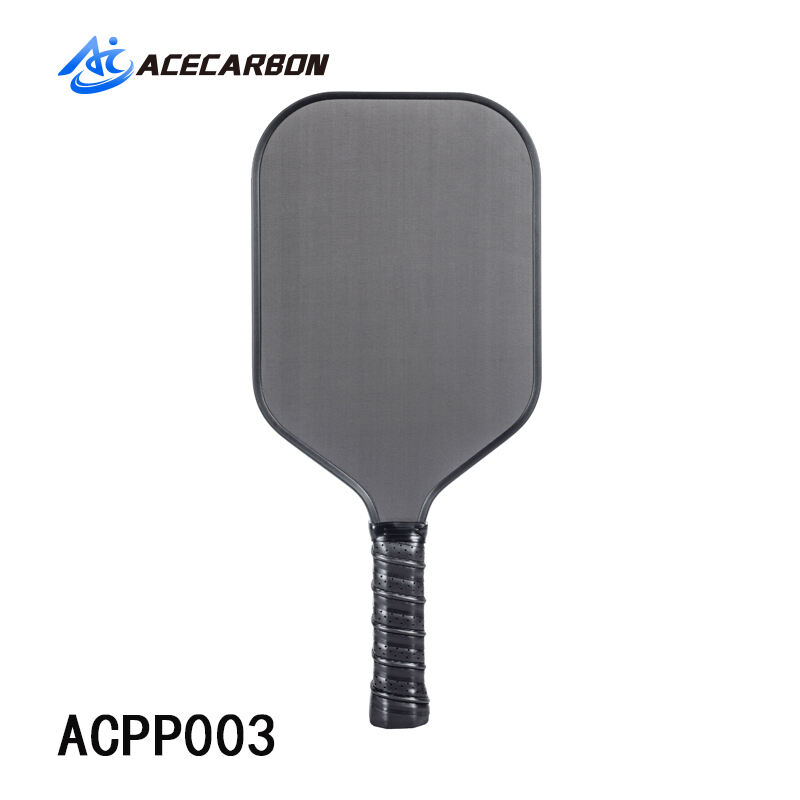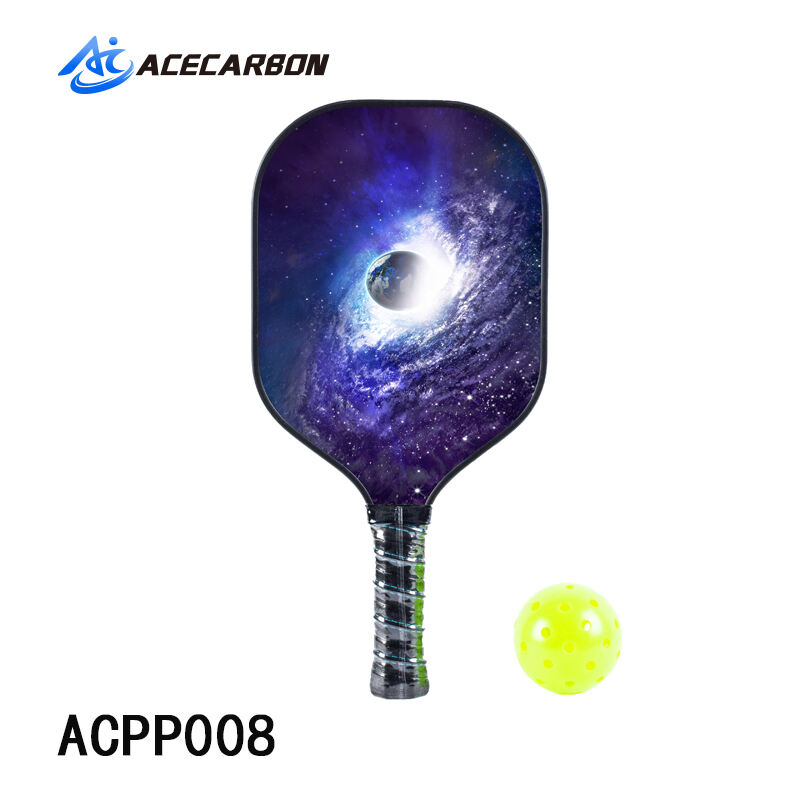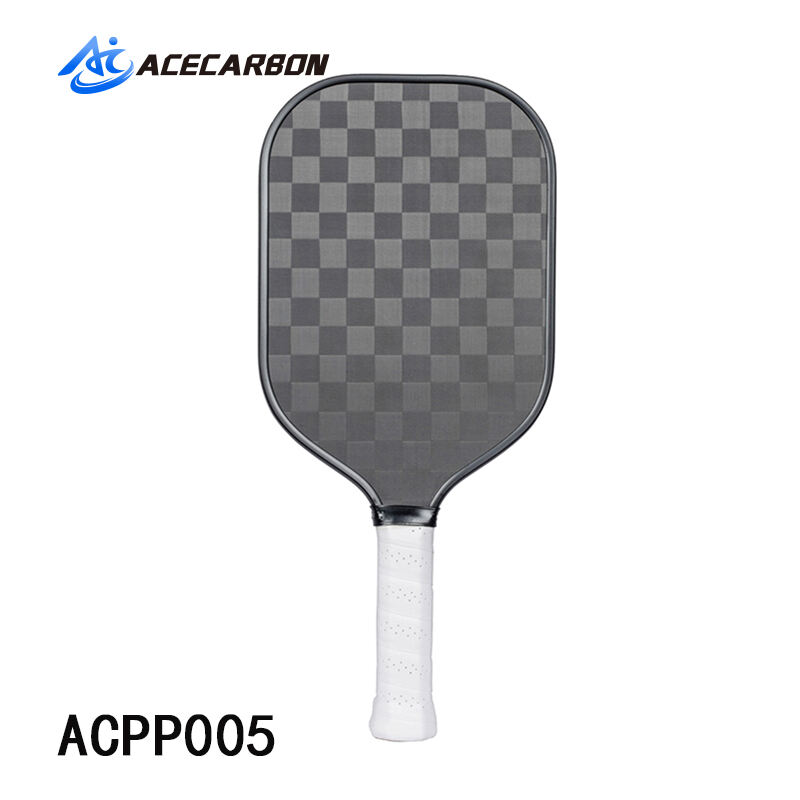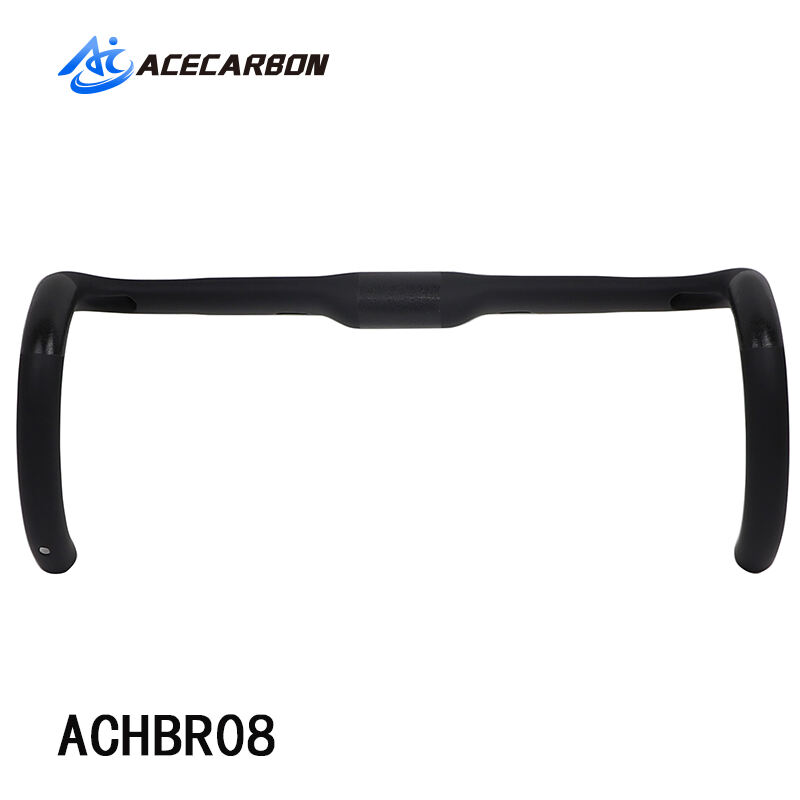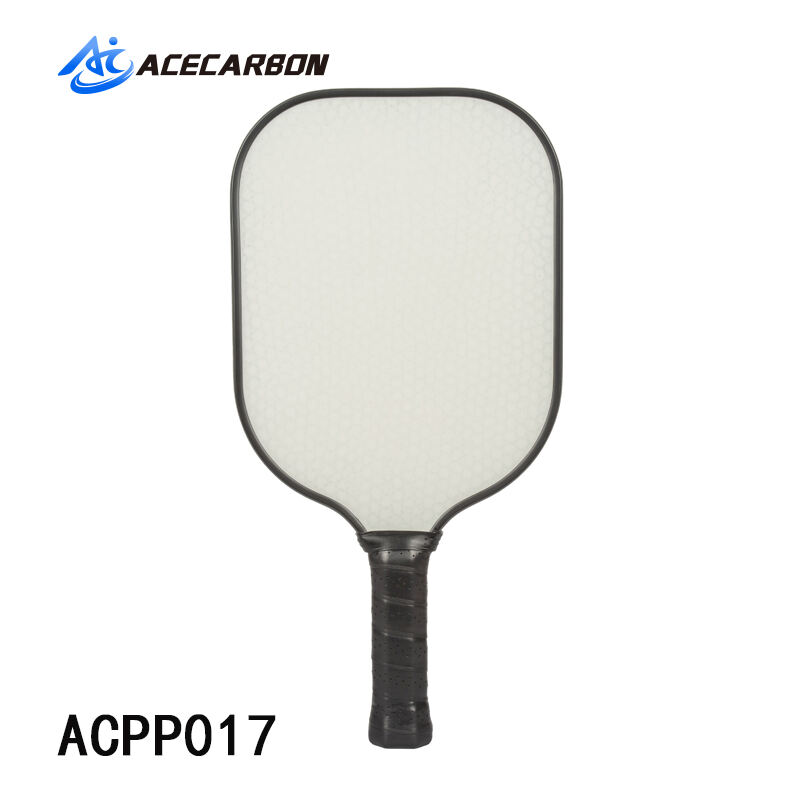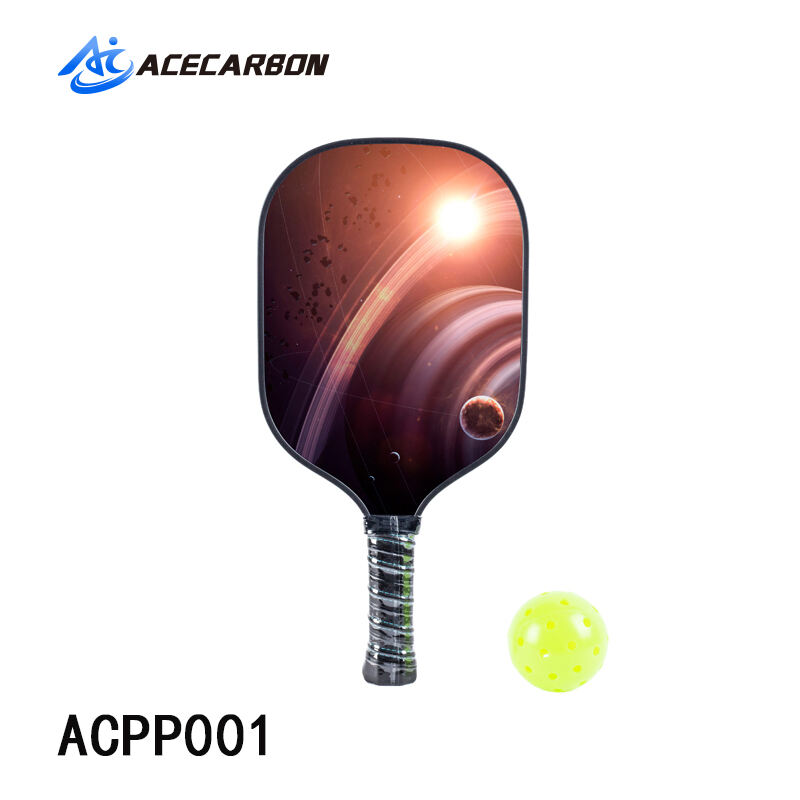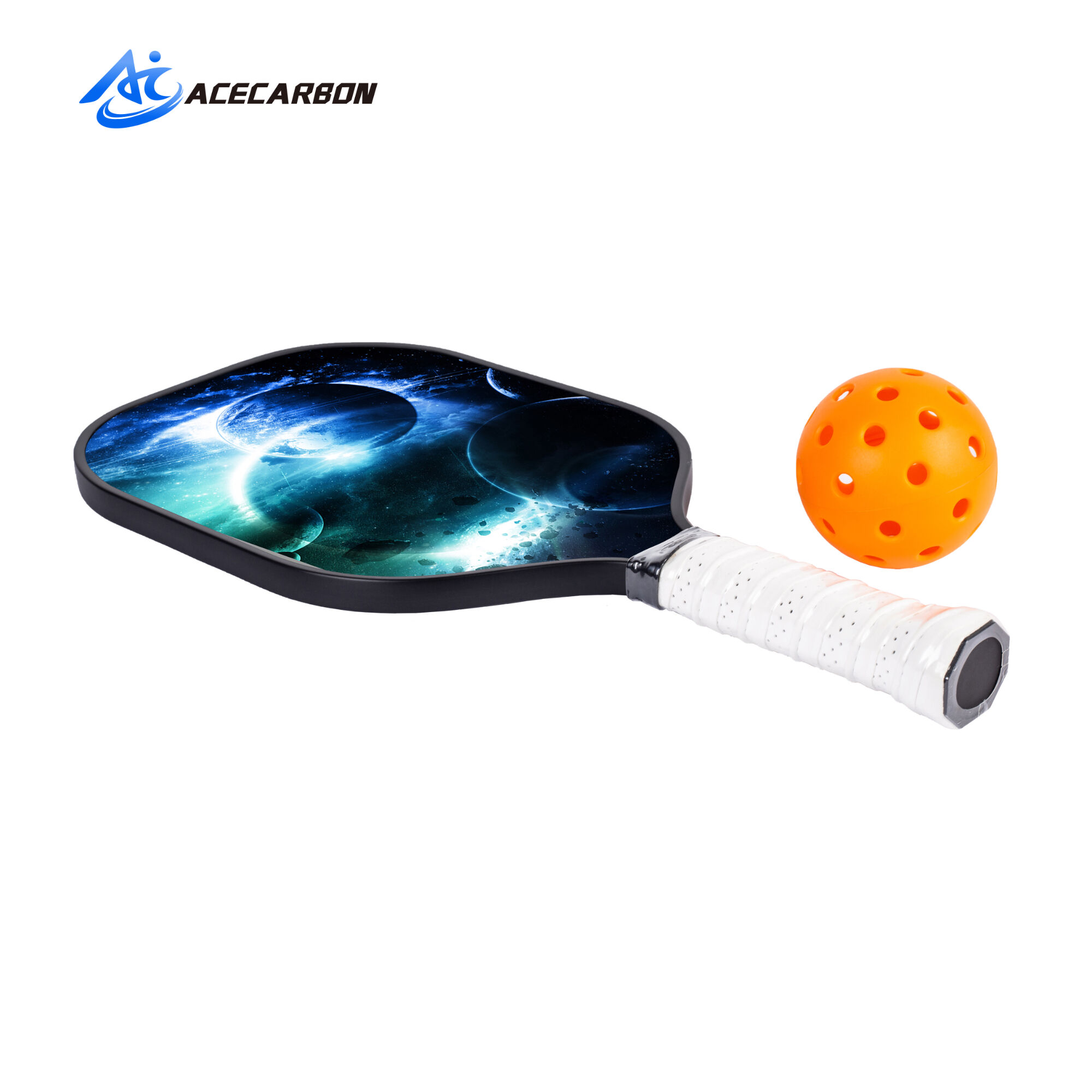The Role of Paddle Surface Texture in Spin Generation
The Impact of Paddle Surface Texture on Spin Generation
How textured a surface is makes all the difference when it comes to how much spin players can put on balls during matches. When paddles meet balls, what happens really depends on those surface textures, which means spin levels will vary quite a bit based on this factor alone. Some surfaces are super smooth while others have a rougher feel, and these differences impact everything from side spin to topspin and even backspin in different ways. A smoother surface tends to give less grip for generating spin, whereas rougher textures actually help players create more pronounced spins because there's better contact between paddle and ball.
Studies show that paddles creating more friction against the ball give players better control and help create more spin when striking. Take textured carbon fiber paddles for example they've gained popularity among serious players because these surfaces grab the ball better than smooth ones. The extra grip lets players generate those sharp spins that can really throw off opponents during matches. When looking at different paddle options, knowing how surface texture affects ball interaction makes all the difference. Players who want to improve their game should consider what kind of spin they need most and pick a paddle that matches their specific needs rather than going for whatever looks cool on the shelf.
Key Factors in Paddle Surface Design
Surface Roughness and Coefficient of Friction
How rough a paddle surface feels matters a lot when it comes to how the ball interacts with it during play. The friction between paddle and ball determines both spin generation and overall control during matches. When manufacturers get the roughness just right, players find they have better grip on shots which translates into more spin potential. Most companies measure these tiny surface differences with micrometers so they can fine tune their products for maximum performance. Organizations like USAPA regularly check paddles against these specs to make sure equipment stays within competition guidelines. Getting surface roughness right isn't just about meeting rules though. Players who understand this know that proper roughness levels give them that extra bit of control needed to outplay opponents on the court.
Material Choices and Their Effects on Spin
What kind of material goes into making a paddle really matters when it comes to how much spin can be generated during gameplay, which directly impacts how well the paddle performs overall. Different options exist out there including traditional wood, modern composites, and high tech carbon fiber, each bringing something different to the table regarding how they interact with balls during matches. Composite stuff tends to strike a nice balance between giving players power behind shots while still maintaining good control over where the ball goes. Carbon fiber on the other hand gets praised quite often because it's so light yet tough enough to last through many games without breaking down. When looking at paddles, don't forget about what's inside too since core materials influence how energy gets absorbed and distributed throughout the paddle body, something that makes all the difference in achieving smooth strokes and accurate placement. Picking the correct material isn't just about getting better spin either; it actually determines how long the paddle will stay functional and how comfortable it feels in hand during extended play sessions.
Exploring Popular Pickleball Paddles
Pickleball Paddle ACPP019
Pickleball enthusiasts looking to get more spin on their shots often turn to the ACPP019 paddle. What makes this model stand out? The surface has been designed with extra friction that really grabs the ball during contact. Players notice a difference right away when they start using it in actual games. Made with tough composite stuff, the paddle stays light enough to handle but still feels solid in the hand after hours of play. Many regulars at local courts report getting better control over their spins than with other paddles they've tried. That's why so many competitive players keep coming back to this one despite all the new options hitting the market these days.
Pickleball Paddle ACPP024-Hot Mold Tech
The ACPP024 Hot Mold Tech Paddle really makes good use of its Hot Mold Technology to give players that reliable surface feel they need for maximum spin. What stands out is how well it distributes weight throughout the paddle body, which means better control when striking balls during actual matches. Many players have commented on how this model works great for beginners just starting out but still holds up against more experienced competitors too. The paddle plays consistently whether indoors or outside, rain or shine. Behind all this performance lies solid engineering with an NCT-BV core combined with a Carbon T700 face material. These components work together to create something that feels strong yet responsive in hand, making every shot count.
Technological Advancements in Paddle Design
New developments in material science are changing how paddles are made, particularly when it comes to surface texture which makes all the difference for generating spin. The latest tech lets athletes get way more spin on their shots than before, giving them an advantage they can feel right away during matches. Paddles with higher friction surfaces just stick better to the ball, so players have tighter control over their spins and those quick fire shots become much easier to execute consistently throughout a game.
New developments in carbon fiber tech have really changed how paddles perform, giving them amazing strength without making them heavier than necessary. What makes this so great is that it doesn't just make paddles last longer, it actually helps turn the energy from a player's swing into faster balls and better spin. And because carbon fiber is so light, players can stay quick on their feet even when they're hitting hard shots. Most folks find they don't need to work as hard to generate power anymore, which definitely changes the game dynamics for everyone involved.
Honeycomb designs form the backbone of modern paddles when it comes to transferring energy during those critical ball impacts that generate so much spin. Manufacturers build these structures specifically to soak up the shock from hits while spreading out the force across the whole face of the paddle. This helps players get better control over their shots. With pickleball exploding in popularity alongside badminton's steady growth, we're seeing constant improvements in how these technologies work together. Players who want to stand out on the court need to understand what makes these advanced designs tick if they hope to reach top levels of competition.
FAQ
How does paddle surface texture affect spin generation?
The paddle's surface texture determines the amount of friction with the ball, affecting spin generation. Rougher textures provide more friction, allowing players to impart greater spin on the ball.
Why are carbon fiber paddles popular for spin?
Carbon fiber paddles are favored for their high friction capabilities and lightweight properties, enabling enhanced spin while maintaining player agility and control.
What role do materials play in paddle performance?
Materials determine the paddleâs properties such as friction, weight, and durability. Choosing the right material can enhance the paddle's ability to generate spin and affect overall playability.

 EN
EN
 AR
AR
 BG
BG
 HR
HR
 CS
CS
 DA
DA
 NL
NL
 FI
FI
 FR
FR
 DE
DE
 EL
EL
 HI
HI
 IT
IT
 JA
JA
 KO
KO
 NO
NO
 PL
PL
 PT
PT
 RU
RU
 ES
ES
 SV
SV
 TL
TL
 ID
ID
 SR
SR
 SK
SK
 SL
SL
 UK
UK
 VI
VI
 HU
HU
 TH
TH
 TR
TR
 FA
FA
 MS
MS
 IS
IS
 AZ
AZ
 BN
BN
 LO
LO
 MI
MI
 MY
MY
 SM
SM
.jpg)
.jpg)
